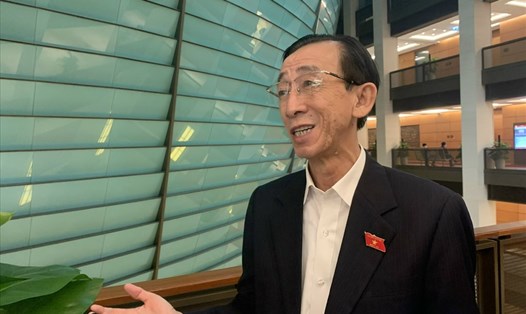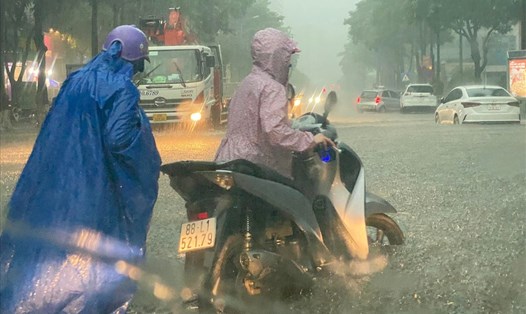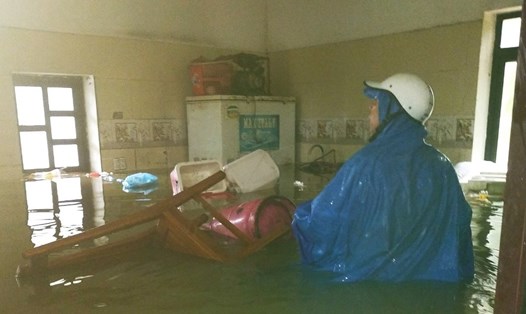Not only Hanoi, Ho Chi Minh City, but many major cities in the Asian region such as Kuala Lumpur, Singapore or Tokyo also have to deal with serious flooding when the rainy season comes. Not giving up the rain or shine, the above cities have had special flood prevention solutions, helping people here feel secure living and working every time the rainy season comes.
Japan and underground flood prevention works
Like many capitals around the world, Japan's capital Tokyo also benefits from being located near major rivers, providing convenience in trade and a rich water source for residents here. However, major rivers also pose a high risk of flooding in the city, especially after the snow melts or the rainy season comes.
To combat the constant threat of flooding that threatens the lives and work of millions of residents here, the Japanese government decided to build an underground drainage channel on the outskirts of the city, also known as Project G, in 1993. This massive project took up to 13 years to complete at a cost of $3 billion at the time. This project is also known by the Japanese people as: Pantheon underground because of its scale.
This underground drainage project is actually a giant water tank located 50m below the ground. It is made up of 5 pillars 75m high, 32m wide and connected by a 6.3km long, 10m diameter pipeline. The pipeline leads to a giant water tank 25m high, 177m long and 78m wide, larger than a soccer field. This is the place to store water every snowfall or rainy season to avoid flooding on the surface of Tokyo city.
The water from this underground tank will then be pumped into the Endo River using large-capacity pumps to avoid flooding for the entire city. Thanks to the "underground Pantheon" system, people in Tokyo and neighboring areas have no longer had to face the fear of flooding for many years.
Singapore and large-scale reservoirs
Another island nation in Asia also faces severe flooding, Singapore. In addition to preventing flooding, this island nation must also ensure fresh water for the daily life of millions of people here.
For that reason, Singapore has deployed the construction of reservoirs to store water across the country to both prevent flooding and use this water source to make fresh water for people's daily needs. In total, Singapore has built 17 freshwater reservoirs across the country, bringing significant efficiency in preventing flooding as well as reserving domestic water.
The most notable in this flood-proof reservoir system is the Marina reservoir and dam. This project was built at a total cost of up to 135 million USD and is the largest reservoir in Singapore. Not only the reservoir, this project also comes with a dam to prevent seawater from entering, helping to store fresh water for the entire city.
Malaysia and the "2 in 2" SMART tunnel
Malaysia's capital Kuala Lumpur has a big advantage as it is located near the confluence of two major rivers. However, in addition to the benefits of this geographical location, Kuala Lumpur residents also have to cry and laugh every time the rainy season comes.
Therefore, the city government has decided to do something to solve the flooding problem here and create a "2 in 1" SMART tunnel, a tunnel with unique features that both serve traffic and can become a flood drain every time the water level here rises.
Under normal weather conditions, the tunnel will be used as a road tunnel for traffic. When river water overflows, the tunnel becomes a flood drainage channel right below the roads to avoid flooding.
The 9.7km SMART tunnel in the capital Kuala Lumpur has become the world's first road tunnel combined with flood drainage, built at a cost of about 500 million USD. Since its operation, the tunnel has proven its effectiveness as severe flooding has no longer occurred in the capital Kuala Lumpur as before. In 2011, Malaysia was honored when the SMART tunnel received the UN Habitat Honor Award for its creative and unique management of rainwater and transportation during peak hours.










